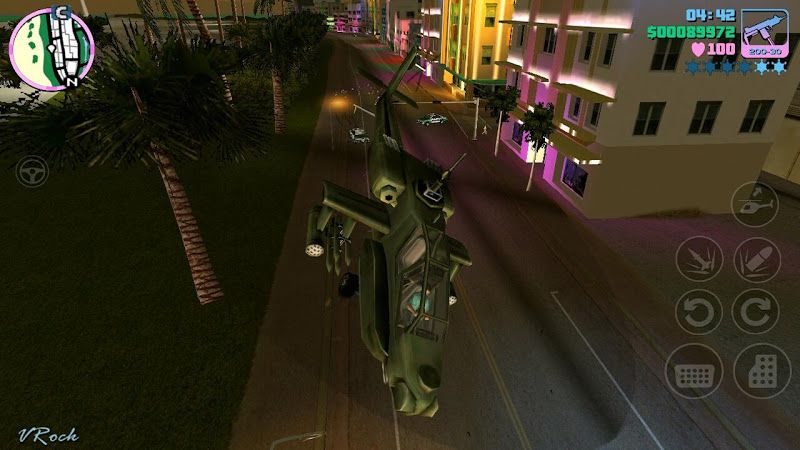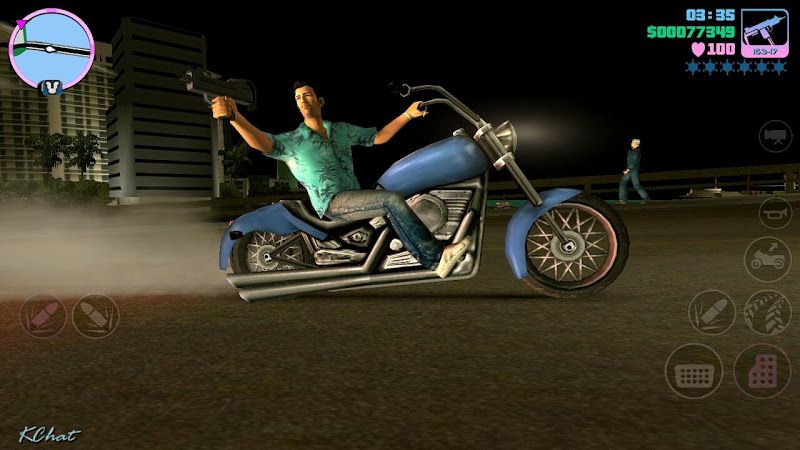
 Safety
Safety




Editor's Review
"Grand Theft Auto: Vice City," released in 2002, stands as a landmark title in gaming history, demonstrating a significant evolution in open-world game design. Developed by Rockstar North and published by Rockstar Games, this action-adventure game transported players to a meticulously crafted rendition of the 1980s Vice City—a vivid and pulsating metropolis heavily influenced by Miami's cultural aesthetics and criminal underbelly.
The game's immersive narrative revolves around Tommy Vercetti, a recently released criminal who rises through the ranks of Vice City's criminal hierarchy. The storyline is rich with compelling characters, betrayals, and power struggles, reflecting the tropes of 1980s crime dramas. The game's captivating storytelling is complemented by its attention to detail, with an intricately woven plot that captures the essence of organized crime in a vibrant, neon-soaked urban setting.
One of the most distinctive aspects of "GTA: Vice City" is its meticulously designed environment, which encapsulates the glitz, glamour, and grit of the 1980s. Players are drawn into a world replete with iconic landmarks, diverse neighborhoods, and pulsating nightlife. These details contribute to an immersive experience, allowing players to explore a city teeming with life, a hallmark of the "GTA" series' open-world gameplay.
The game's open-world design provides players with extensive freedom, offering a plethora of activities beyond the main storyline. Players can engage in diverse missions, indulge in sandbox-style mayhem, and delve into an array of side activities ranging from running illicit businesses to participating in street races. This flexibility encourages player agency and enables the creation of unique, player-driven experiences within the game's vibrant urban landscape.
The soundtrack of "GTA: Vice City" is iconic and renowned, featuring an eclectic mix of 1980s music across various radio stations, adding an immersive layer that complements the game's setting and era. The inclusion of licensed tracks from renowned artists of the time further immersed players in the spirit of the 1980s, capturing the cultural zeitgeist of that era.
Aside from the game's narrative and world-building, "GTA: Vice City" also introduced notable improvements in gameplay mechanics, such as refined shooting and driving mechanics, building upon the foundation laid by its predecessor, "GTA III." This enhanced gameplay experience, combined with a rich and vibrant environment and engrossing storytelling, propelled the game to critical acclaim and commercial success.
Furthermore, "GTA: Vice City" became a cultural phenomenon, resonating with players and critics alike, garnering praise for its bold storytelling, immersive world, and diverse gameplay elements. Its impact was substantial, leading to enduring popularity and cementing its status as a quintessential entry in the "Grand Theft Auto" series.
In conclusion, "Grand Theft Auto: Vice City" stands as a testament to the potential of open-world game design, featuring a captivating narrative, an intricately detailed environment, and innovative gameplay that collectively contributed to its enduring legacy within the gaming industry. The game's impact on interactive storytelling and open-world game design continues to reverberate within the gaming landscape, solidifying its position as a seminal title in gaming history.
By Jerry | Copyright © JoyGamerss - All Rights Reserved
































Comments